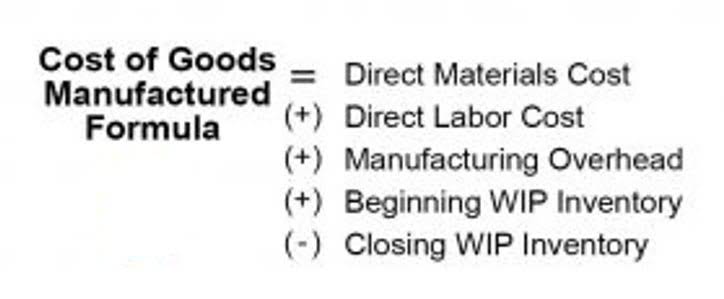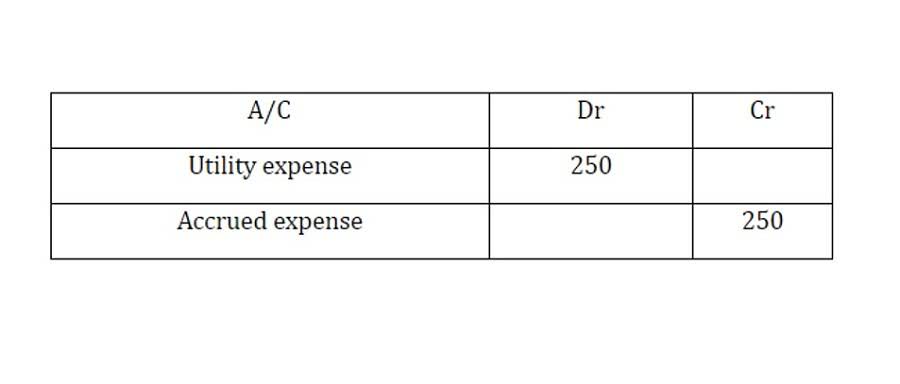Journal Entries Examples Format How to Explanation
04/07/2024 00:04

In the Auto Expense account, the $1,380 expense amount goes on the left (debit) side of the account because the expense is increasing. In the Miscellaneous Expense account, the $1,800 expense amount goes on the left (debit) side of the account because the expense is increasing. In the Fees Earned account, the $30,800 revenue goes on the right (credit) side of the account because the revenue is increasing. In the Rent Expense account, the $8,300 deposit goes Mental Health Billing on the left (debit) side of the account because the expense is increasing. In the Fees Earned account, the $18,300 revenue goes on the right (credit) side of the account because the revenue is increasing.
Download our Sample Ecommerce Financial Reports
This shows where the account stands after eachtransaction, as well as the final balance in the account. How do weknow on which side, debit or credit, to input each of thesebalances? The following are selected journal entries from Printing Plusthat affect the Cash account. We will use the Cash ledger accountto calculate account balances.

Expenses on Purchase of Goods:
The accounting cycle is compatible with technology and can be implemented by companies using accrual or cash accounting and double or single-entry accounting. Trial balance is a statement which shows debit balances and credit balances of all accounts in the ledger. Since, every debit should have a corresponding credit as per recording transactions in a journal the rules of double entry system, the total of the debit balances and credit balances should tally (agree). In case, there is a difference, one has to check the correctness of the balances brought forward from the respective accounts.
Credit Cloud
- Any non-cash transactions are then recorded in the general journal.
- No matter the size of a company and no matter the product a company sells, the fundamental accounting entries remain the same.
- Although these methods could still be employed today, their propensity for errors impacts financial information integrity.
- Some small businesses use only one type of journal which is general journal so all their transactions are recorded in the general journal.
- This level of control is crucial for businesses that want to stay on top of their finances and make informed decisions based on accurate data.
- Cash is labeled account number 101 because it isan asset account type.
Now, imagine having an assistant who does all the bookkeeping work for you. That’s what Automatic Journal Entries are like—your digital bookkeeper! With automated journal entries, software systems handle the task of recording transactions based on predefined rules and conditions. This is akin to setting up a robot that automatically writes in your financial diary whenever certain actions happen.


The process of journalizing transactions refers to the initial recording of all the financial transactions of a business. This recording is done by listing journal entries into the journal. Maintaining accurate financial records is crucial to any law firm.
- When you make an expense, the journal entry is automatically created, and it is mapped to the correct ledger account.
- At the end of the financial year, you close your income and expense journals—also referred to as “closing the books”—by wiping them clean.
- All the business transactions that are recorded will firstly go to the journal.
- Understanding how to record transactions begins with grasping core accounting principles.
- This is important for accurate financial reporting and compliance with…
General Journal Examples: Entry Formats with Calculations—Let’s Get Technical
This means a new asset must be added to the accounting equation. Maintaining an accurate and up-to-date general journal is crucial. It’s like tending to a garden; neglect it, and things get messy fast. With a well-kept journal, accountants can easily track spending, spot any miscalculations, and ensure all funds are where they’re supposed to be.
Journal Entries

While small businesses and startups might not have difficulty fitting all of their entries in the general journal, that’s not always the case. They are just words that show the double-sided nature of financial transactions. This is where the concepts of debit income statement and credit come to play. Double-entry bookkeeping isn’t as complicated as it might sound. To understand the concept, think about any purchase you’ve ever made.
Posting Transactions for the General Journal to the Ledger
By regularly reviewing these statements, you gain valuable insights into how well your business is performing financially. You can identify areas where costs can be cut or revenue increased to improve profitability. Accurate financial reporting also helps in attracting investors or obtaining loans by demonstrating transparency and accountability. For example, if a debit was mistakenly recorded as a credit, you would notice the imbalance immediately by looking at the T-Account examples.
- A reversing entry ensures that the expense is only accounted for once, simplifying the recording process.
- You will then have the opportunity to post transactions from the general journal to the ledger on your own in this module’s graded activity.
- The following are selected journal entries from Printing Plus that affect the Cash account.
- The general journal actually serves as a catchall for journal entries that don’t belong in other journals such as adjusting, closing and reversing entries.
- Those expenses which are directly related to production/Manufacturing of goods or purchase of the goods are called direct expenses.
That’s why we’re going to start with recording transactions using the accounting journal. For example, under a double-entry bookkeeping system, you record a sales transaction in both the cash account and the sales revenue account simultaneously. However, in a single-entry bookkeeping system, you’ll only have to record the sales transaction in the cash account, without affecting another account.










